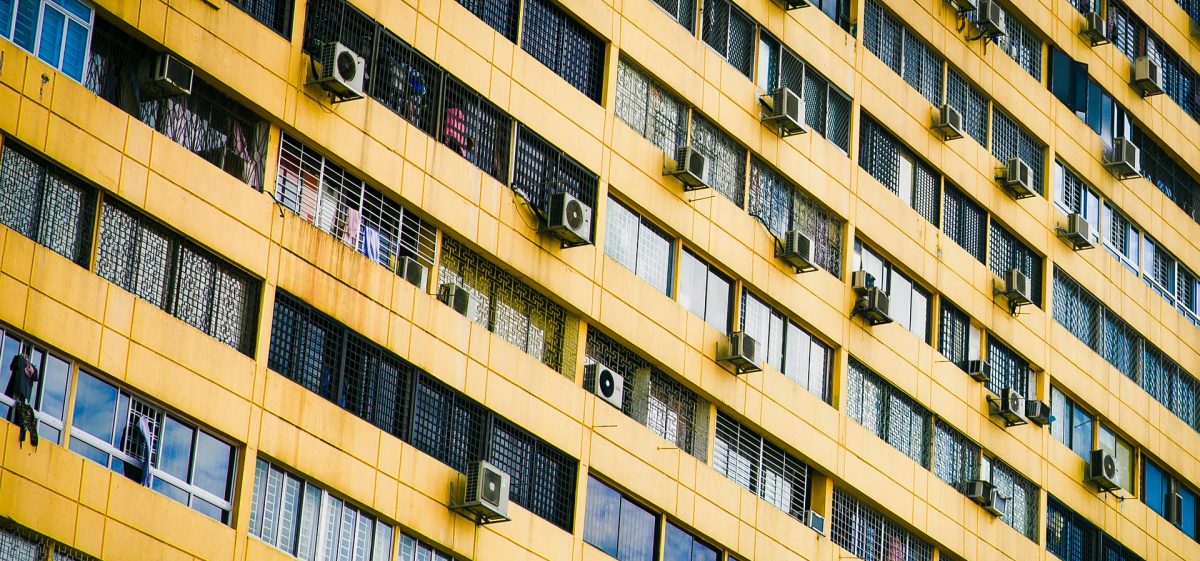Ensuring adequate cooling for any UPS (uninterrupted power supply) device is vital optimal functioning, which is why it’s important to calculate the correct BTU (British Thermal Unit) for effective cooling.
What is the heat load?
The BTU is effectively how heat is measured (1 kilowatt is 3412BTUs) and the amount of heat generated is known as a heat load. To determine the heat load of a UPS, and therefore the air-conditioning BTU required, there are several factors to include in the calculations.
What are the factors to consider?
- The server room size
For any air-conditioning unit to function at its optimum, then the size of the room being cooled has to factor in the calculation. To determine the BTU needed, you can use this calculation:
Room Area BTU = Length (metres) x Width (metres) x 337
- Window sizes and positions
It is not uncommon for a UPS server room to be without any windows at all, in which case, the calculation will not need to incorporate this aspect. However, if the UPS server room does have windows, then the size, position and any shading thereof will need to be considered. In the southern hemisphere, north-facing windows bring in the largest amount of heat and south-facing the least amount. Here are the calculations to use (remember to multiply results by 1.5 if there are no blinds):
North-facing window BTU = window length (metres) x width (metres) x 165
South-facing window BTU = window length (metres) x width (metres) x 870
Total BTU = north-facing windows BTU + south-facing windows BTU
- The number of room occupants
It is also uncommon for people to be constantly working in UPS server rooms, however, if there are occupants in the rooms, then the heat generated by the individuals will also need to be included in the air-conditioning BTU calculation. On average, the heat output of one person is about 400 BTUs, so the calculation is:
Total occupant BTU = number of occupants x 400
- Lighting
Obviously, a UPS server room without any windows will require more artificial lighting, but this in itself will also generate heat that needs to be included in the BTU calculation. To determine the BTU needed, the calculation is:
Lighting BTU = Total wattage for all lighting x 4.25
- The UPS equipment
Then, of course, the most important factor to consider in the BTU calculation is the heat generated by the UPS devices as well. The UPS equipment wattage is the maximum power consumption rating, even if the power consumed is less. So, to calculate the heat load, use this:
Total wattage for all UPS and any other equipment x 3.5
- Total Cooling Required
Now that you have all the factors and calculations, you are able to determine the total BTU needed for cooling a UPS server room.
Total Heat Load = room area BTU + windows BTU + occupant BTU + equipment BTU + lighting BTU
Humidity
Another aspect of heat that should be included in the BTU consideration is humidity. If the humidity level is too low, it can lead to an electrostatic discharge which is the sudden flow of electricity between two objects that can damage the UPS.
If the humidity gets too high then it can cause condensation which will corrode the UPS. In addition to this, contaminants such as dust are also more likely to collect within the UPS equipment in high humidity.
What size air-conditioning unit is needed?
You will now be able to determine the air-conditioning unit size, bearing in mind that small units have a cooling capacity of about 5 000 and 10 000 BTUs, while larger units will provide about 12 000 BTUs or more.
Back-up air-conditioning unit
It is important that you always have at least one more air-conditioning unit to maintain optimum cooling for your UPS server room. The reason for this is that a unit might require maintenance or might simply fail, and you cannot afford to let the server room increase in temperature as this will be detrimental to your UPS equipment.
Share this Post

